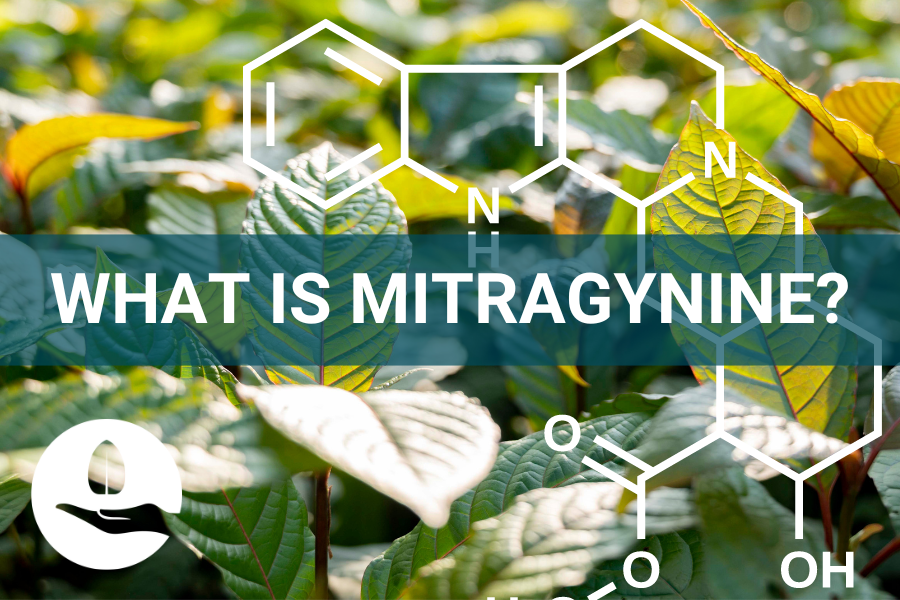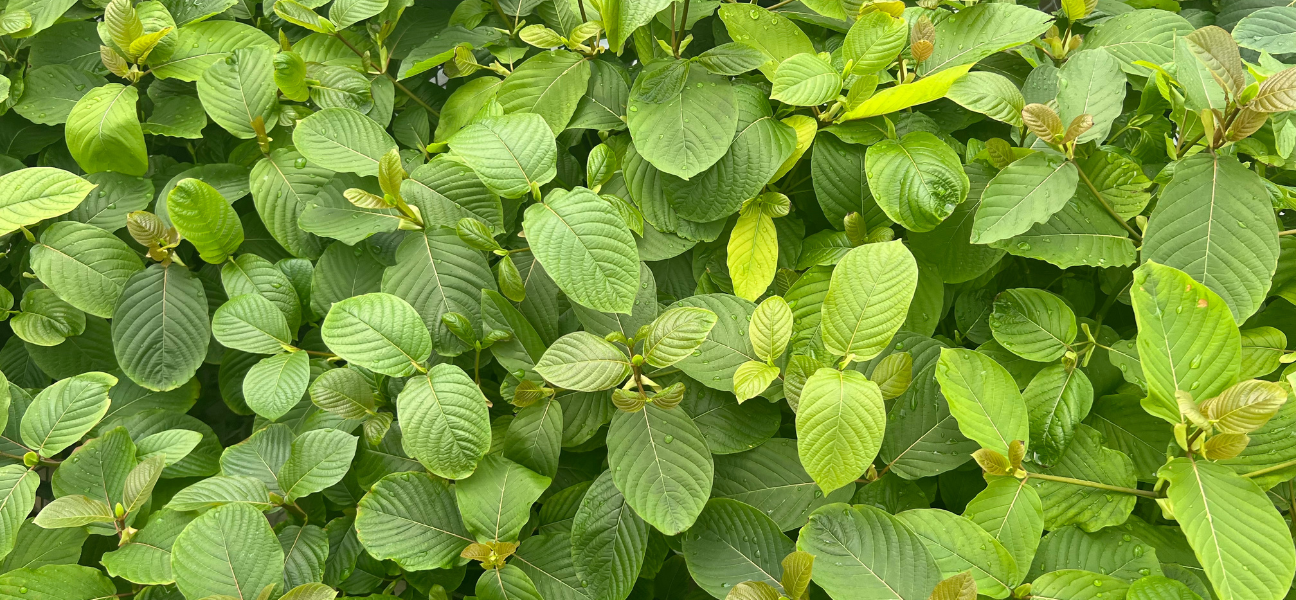BEST KRATOM: MITRAGYNINE NOT DANGEROUS

Purpose of the Study
This blog reviews a study involving mitragynine and published online by Jack E. Henningfield of Pinney Associates and Johns Hopkins University School of Medicine on October 29th, 2022. This study is very significant as it outlines scientific findings on the very low respiratory effects (effects on breathing) of mitragynine when in its natural, non-adulterated state. The study was designed to evaluate the respiratory effects of kratom’s primary alkaloid, mitragynine, in comparison to oxycodone, a prototypic opioid that reliably produces dose-related respiratory depression and death in humans, rats, and other species.
Kratom is a tropical jungle tree in the coffee family (Rubiaceae) native to Southeast Asia. For centuries, kratom has been used throughout Southeast Asian countries like Thailand, Malaysia, and Indonesia. It has been traditionally used to help with pain and energy, as a local anesthetic, and to help with coughs and intestinal issues. Today, kratom powders, tablets, teas, and extracts are taken orally, primarily for health and well-being by millions of people worldwide. Some even take kratom to eliminate opioid use for pain support and manage opioid withdrawal and substance abuse disorder.
One purpose for this study is the debate over the possibility of respiratory depressant overdose risk from kratom’s primary active alkaloid mitragynine (a partial μ-opioid receptor agonist, that does not signal through ß-arrestin, the primary opioid respiratory depressant pathway).
Another reason is to demonstrate that individuals now have a potentially safer alternative to opioids unabashedly propagated by Big Pharmaceuticals (“Big Pharma”). Individuals struggling with issues such as chronic pain, fatigue, anxiety, sleeplessness and addiction may no longer be trapped by addictive, dangerous opioids, but have a non-synthetic, much less dangerous and addictive alternative with mitragynine.
Naturally, it is not hard to see that this amazing plant is Big Pharma’s worst nightmare. As such, they continue to do everything in their power to discredit, condemn and illegalize kratom. Important scientific studies like this are instrumental for natural medicine to pave the way to a healthier, safer world.

Dangers of Opioids
Estimates from the US Centers for Disease Control (“CDC”) nearly 76,000 of the 100,000 drug overdose deaths in 2021 were attributable to opioids. What makes opioid medications effective for treating pain can also make them dangerous. At lower doses, opioids may cause sleepiness, but higher doses can slow your breathing (respiratory depression) and heart rate, which can lead to death. Additionally, the feelings of pleasure that result from taking an opioid can make you want to continue experiencing those feelings, which may lead to addiction.
In late 2021 the US Department of Health and Human Services (“US DHHS”) publicly announced harm reduction efforts would be implemented to reduce/eliminate opioid and other drug related deaths. Not surprisingly, kratom was NOT mentioned in the above referenced 2021 DHHS announcement. However, a US survey indicated that increasingly, kratom is used by thousands of opioid users to reduce/eliminate their opioid use related to pain and opioid abuse.
Process of the Study
The present study was designed to further evaluate mitragynine’s respiratory effects including effects on blood gases. The same approach as the FDA utilized in its own studies was utilized here. Mitragynine was administered and effects notated with a comparison to a prototypic respiratory depressing opioid, oxycodone. The dosing strategy used was also same as used by the FDA where both therapeutic doses of the drug (oxycodone) were administered as well as supratherapeutic doses. The mitragynine doses began with a low dose 20 mg/kg, then systematically increase the dose until the highest tolerable dose or the highest chemically feasible dose due to ethical limitations followed by the laboratory.
The laboratory determined that 400mg/kg was the maximum mitragynine dose, which is much higher than the dose employed in most animal studies and is equivalent to 64.5 mg/kg in humans. This is noteworthy because this dose is much higher than is consumed by humans whose doses range from .35 to 2.0 mg/kg. Thereafter, respiratory effects (on the rats used) were observed and measured for 12 hours by highly trained technicians in rat safety.
Results and Conclusions
The respiratory effects of a wide range of mitragynine doses were compared to those of therapeutic and supratherapeutic doses of oxycodone. The goal was to document which substance and at which doses may cause respiratory depression. In other words, will it slow breathing and/or will it stop breathing?
The main finding was that mitragynine produced no evidence of respiratory depression (slowing of breathing) at doses many times higher than typical human doses. On the other hand, oxycodone produced the expected dose-related respiratory depressant effects consistent with its strong morphine-opioid (i.e., µ-opioid) receptor-mediated effects. These findings are consistent with mitragynine’s pharmacology with little recruitment/effect on the respiratory depressant activating β-arrestin pathway.
These findings are not novel, as there have been other studies showing that broad doses of mitragynine did NOT produce respiratory depression. The significance of the present study includes its dose related comparison of oxycodone to much higher doses of mitragynine than were tested in most other studies.
These findings also come as no surprise to most kratom users and advocates. People now have a potentially safer alternative to opioids as shown in this study. This powerful, amazing plant yet again proves that there may be a legitimate, less dangerous alternative for individuals whose symptoms typically are treated through opioids.






















“Etha Natural Botanicals always delivers well-researched and insightful content! This article does a fantastic job of breaking down the misconceptions surrounding mitragynine, providing clear, science-backed information. It’s refreshing to see a company dedicated to transparency and education, helping people make informed choices about natural wellness. The commitment to quality and truth is evident, and I appreciate the effort put into spreading awareness. Keep up the great work—looking forward to more informative reads!”
Leave a comment